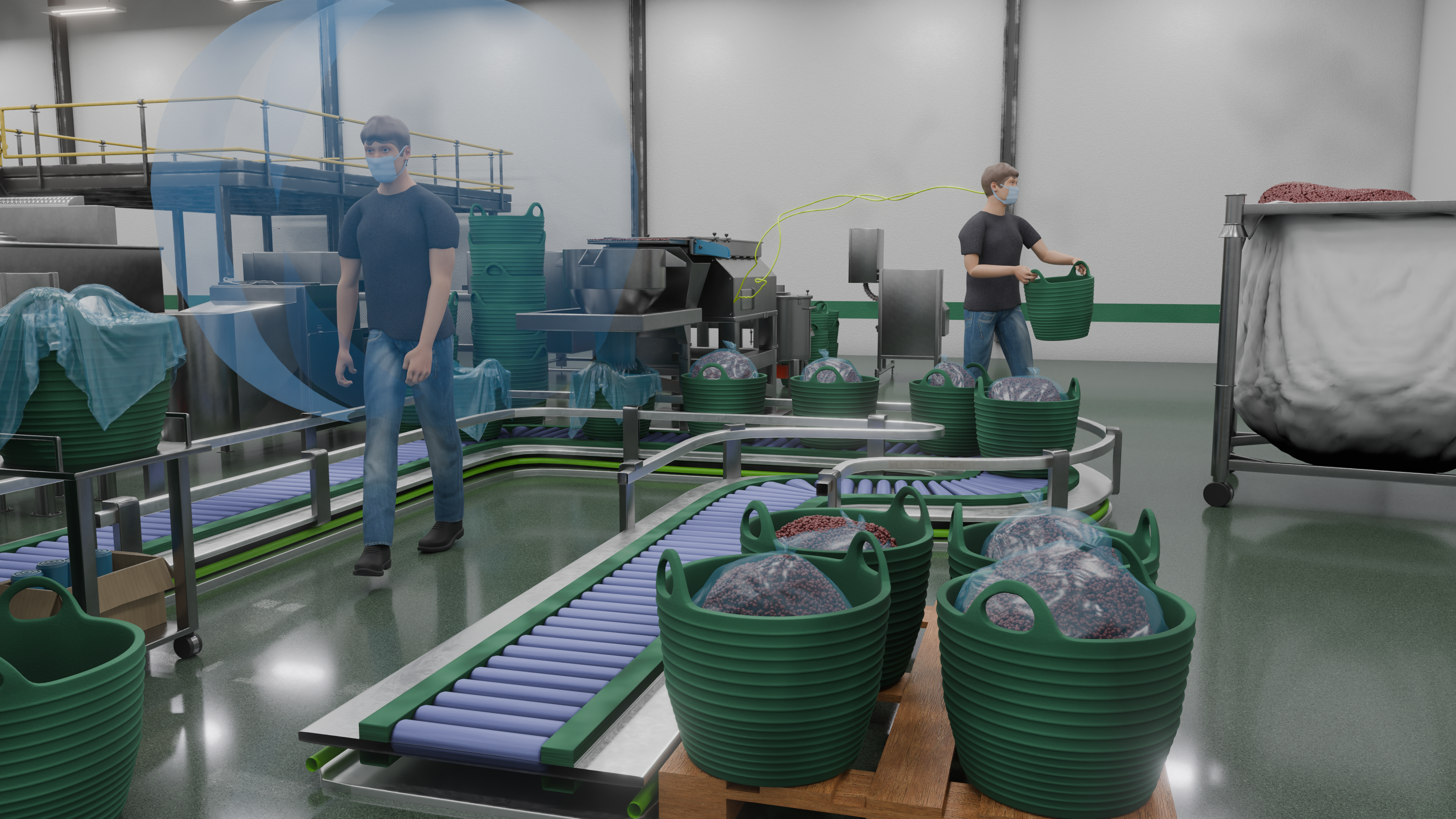
An IBV technology virtualises work environments and uses digital human models to analyse their ergonomic suitability
Ensuring that work environments are adapted to the characteristics of workers is key to maximising productivity and reducing injuries and errors. Hence the importance of placing the person at the centre of the workstation design process, taking into account their anthropometric, physiological and biomechanical characteristics and the heterogeneity of the working population that occupies these workstations.
This reality has led the Instituto de Biomecánica (IBV) to develop a virtual simulation technology for the design or adaptation of work environments that incorporates innovative functionalities for the analysis of ergonomic and human factors. This technology makes it possible to simulate and evaluate the interaction between workers and the elements and characteristics of their work environment at every stage of the design process. The use of digital human models, also known as avatars, enables a realistic simulation of human-environment interaction.
According to Mercedes Sanchis, Innovation Director for Occupational Health and Well-being at IBV, “the technology we have developed makes it possible to analyse the ergonomic interaction of avatars of different population profiles with virtually rendered work environments, which allows us to define and understand the height of the work planes, scopes and fields of vision, taking into account the dimensions of the different people who will occupy that workstation. It is also possible to limit the joint ranges of the avatars, which allows us to know how a person with a functional limitation would interact with a specific workstation,” adds Sanchis.
The development of this technology has required the definition of protocols and the design of algorithms for the representation of the postures and movements of the avatars, based on the incorporation of experimental data obtained in the laboratory and in a real environment. Work has also been carried out to build a library of movements to simulate complex tasks and to develop inverse kinematics algorithms to simulate human movement with an ergonomic approach.
Multisectoral business collaboration
Several companies from the construction, metallurgical and food industries, as well as organisations and professionals in the field of occupational risk prevention have contributed to this project, such as Torrescamara, Avant, Gestió Tècnica, PVH Hardware, Importaco Casa Pons, S.A.U., Unimat Prevención, Valora Prevención, the Valencian Federation of Construction Companies (FEVEC), the Valencian Federation of Metallurgical Companies (FEMEVAL) and the Business Confederation of the Valencian Community (CEV).
Finally, it should be noted that the DESIUM project is supported by the Department of Innovation, Industry, Commerce and Tourism of the Autonomous Government of Valencia, through the IVACE+i programme, and receives funding from the European Union through the FEDER Community of Valencia 2021- 2027 Programme (IMDEEA/2024/21).





